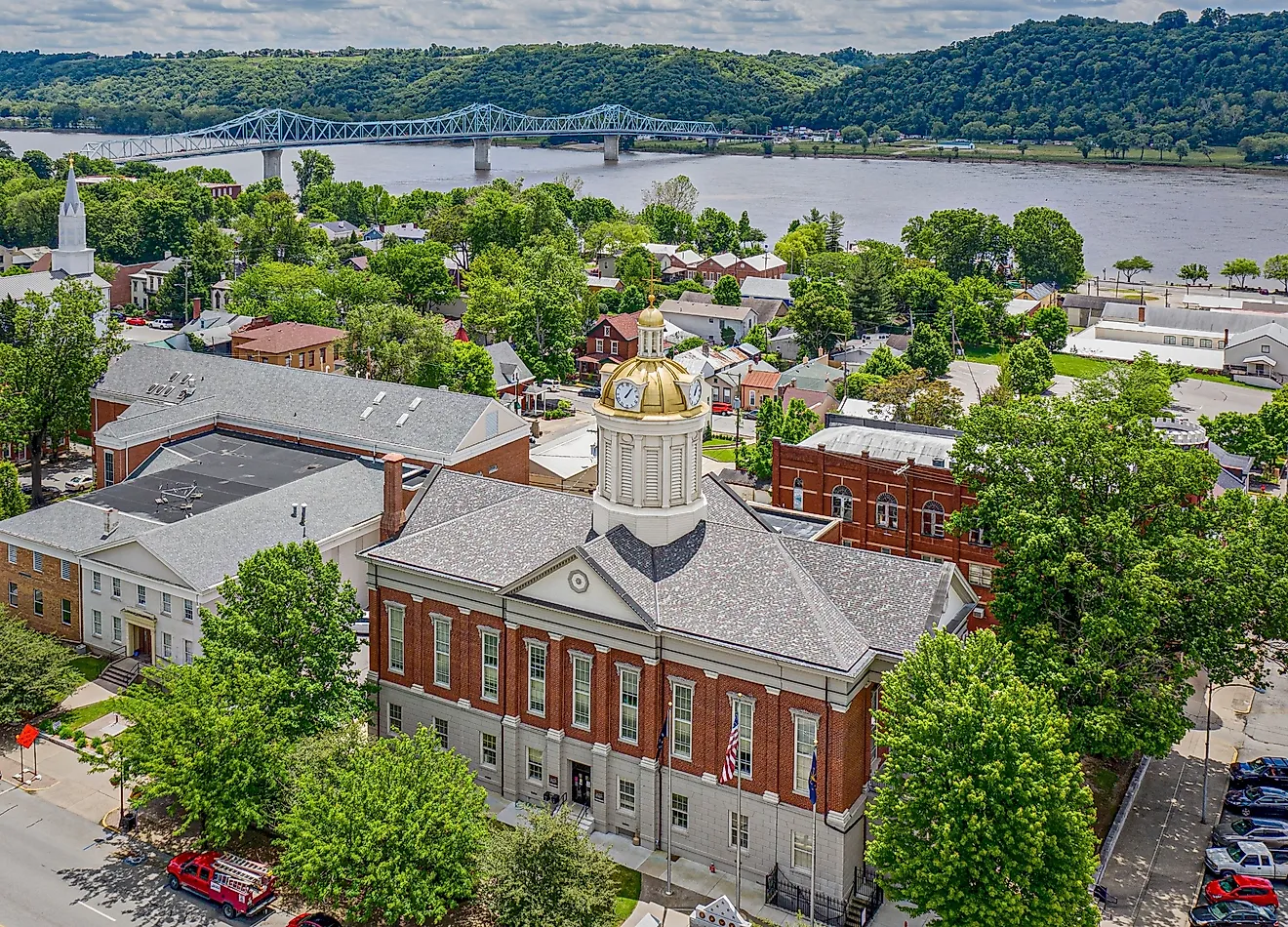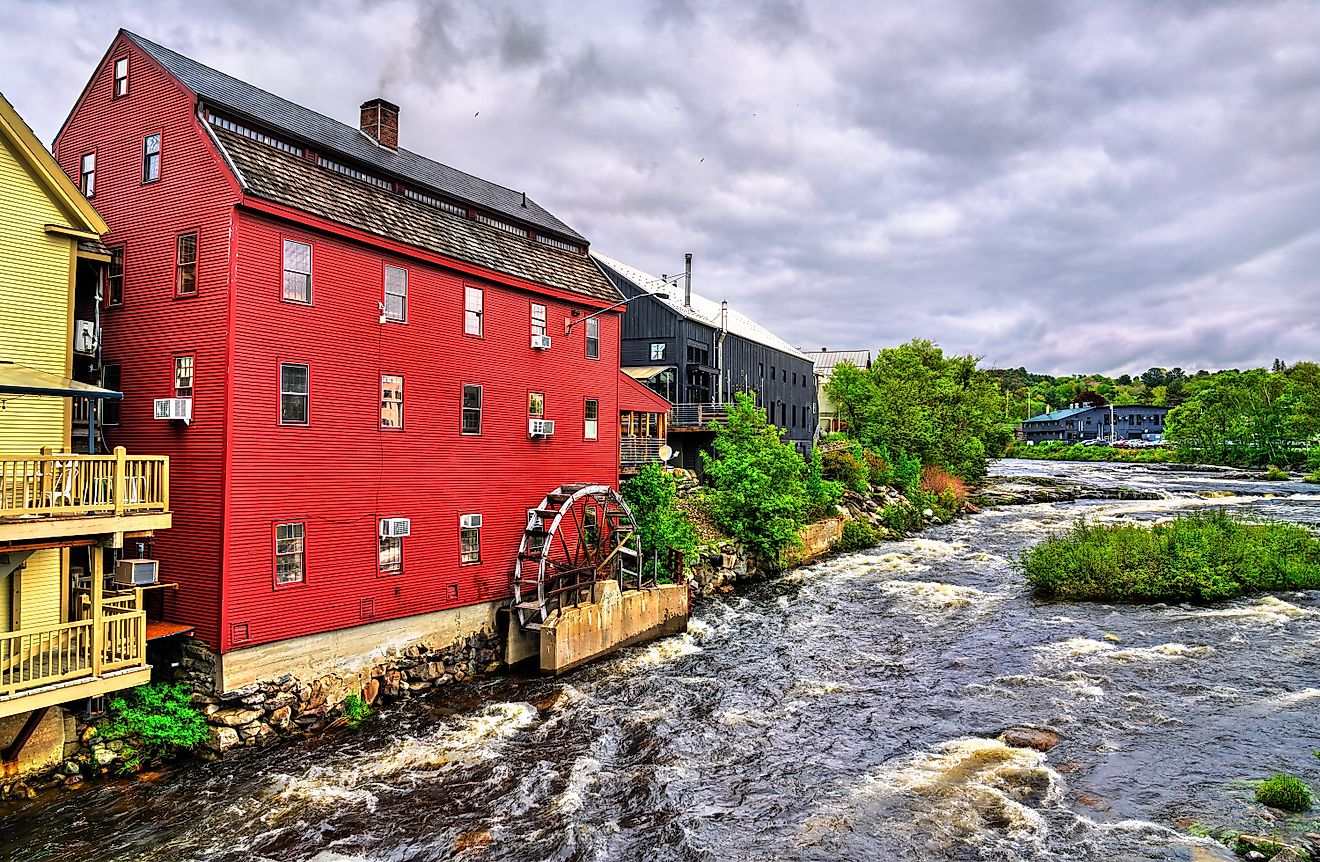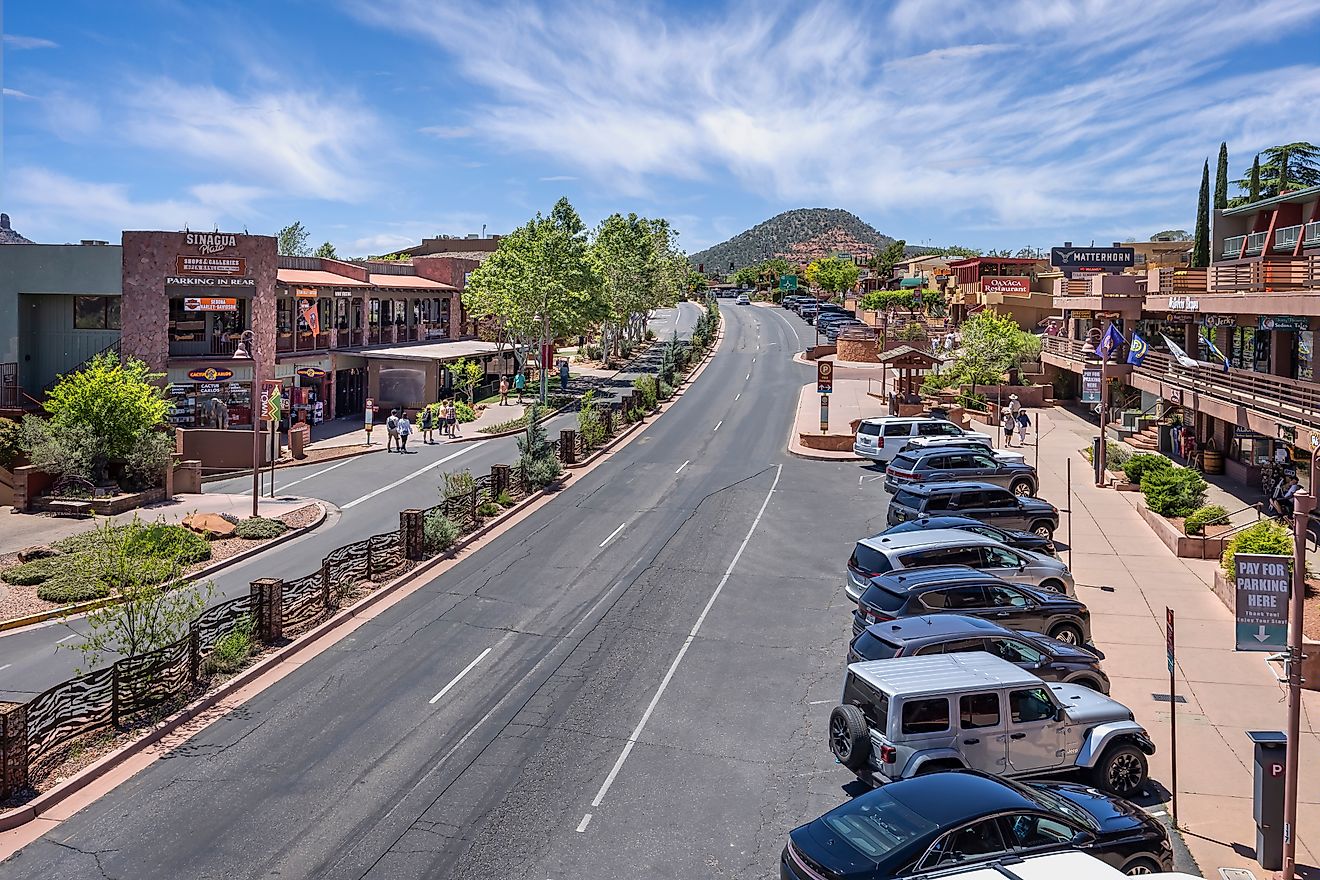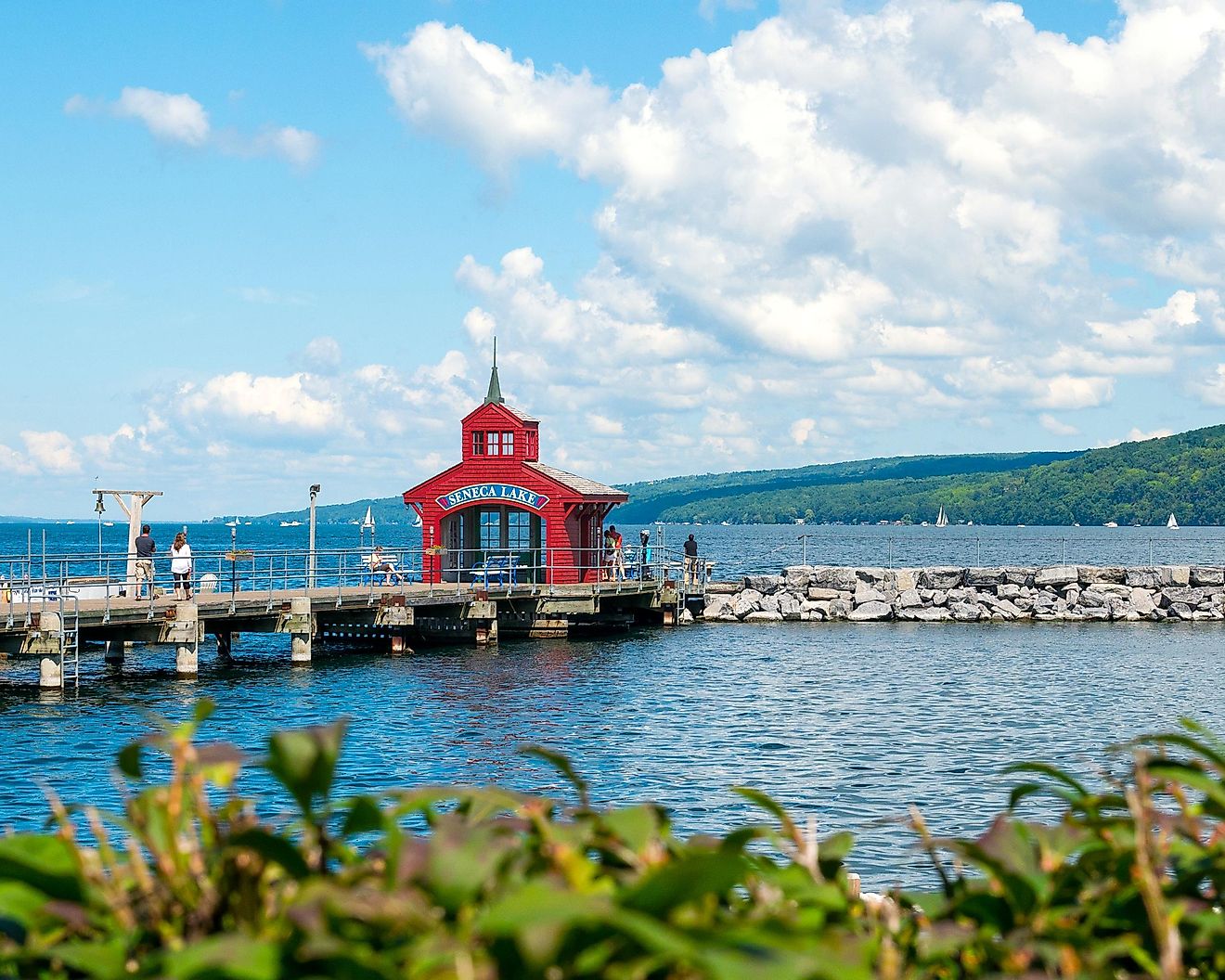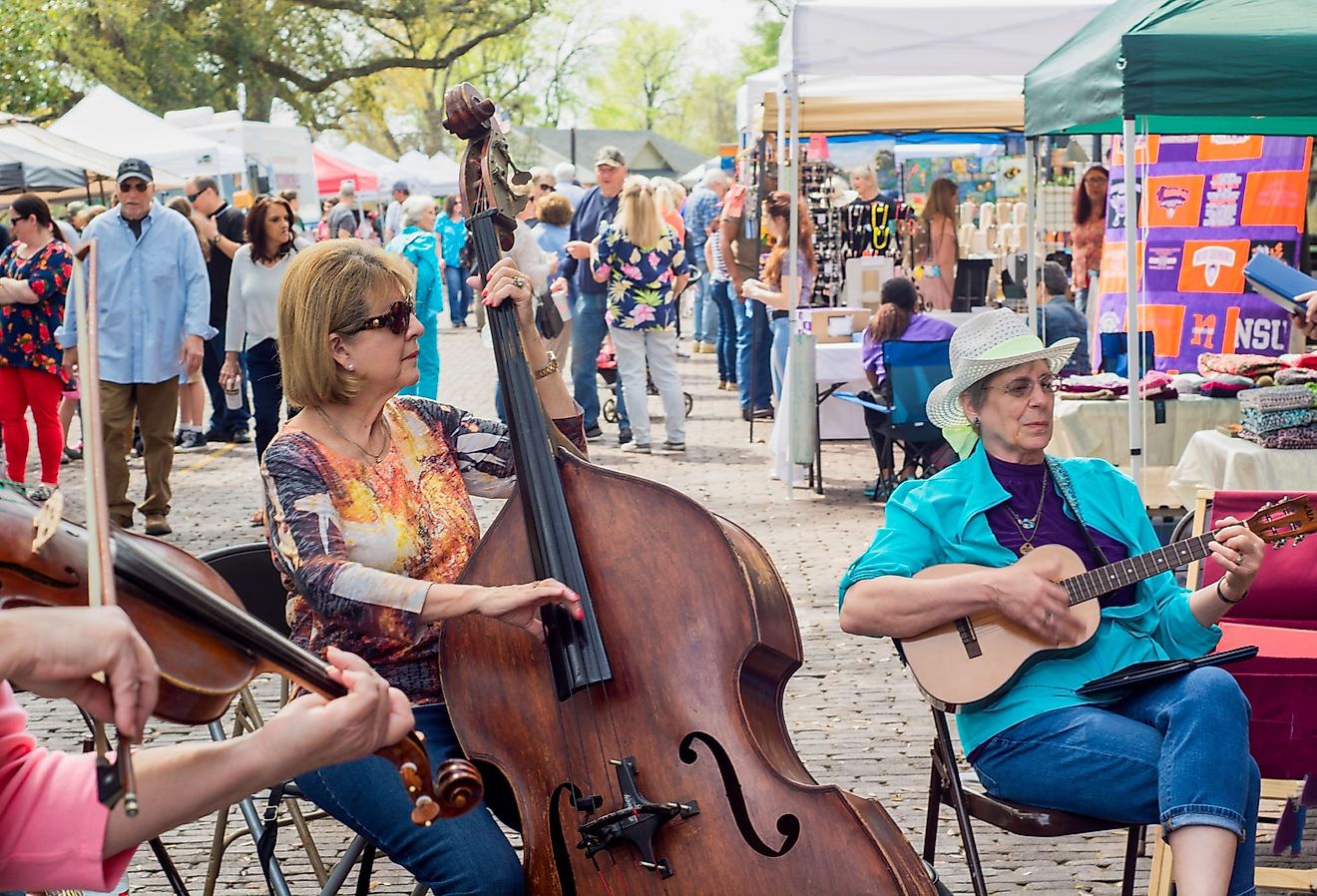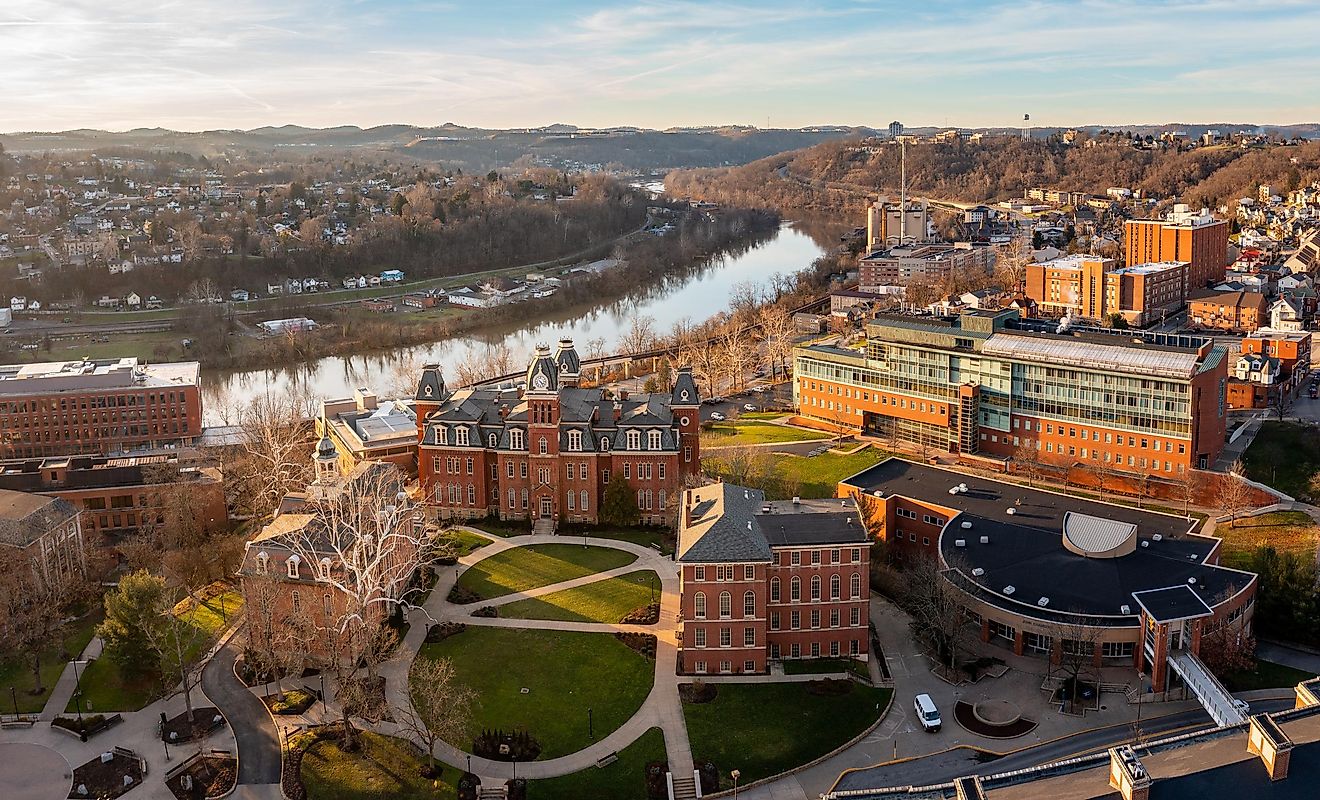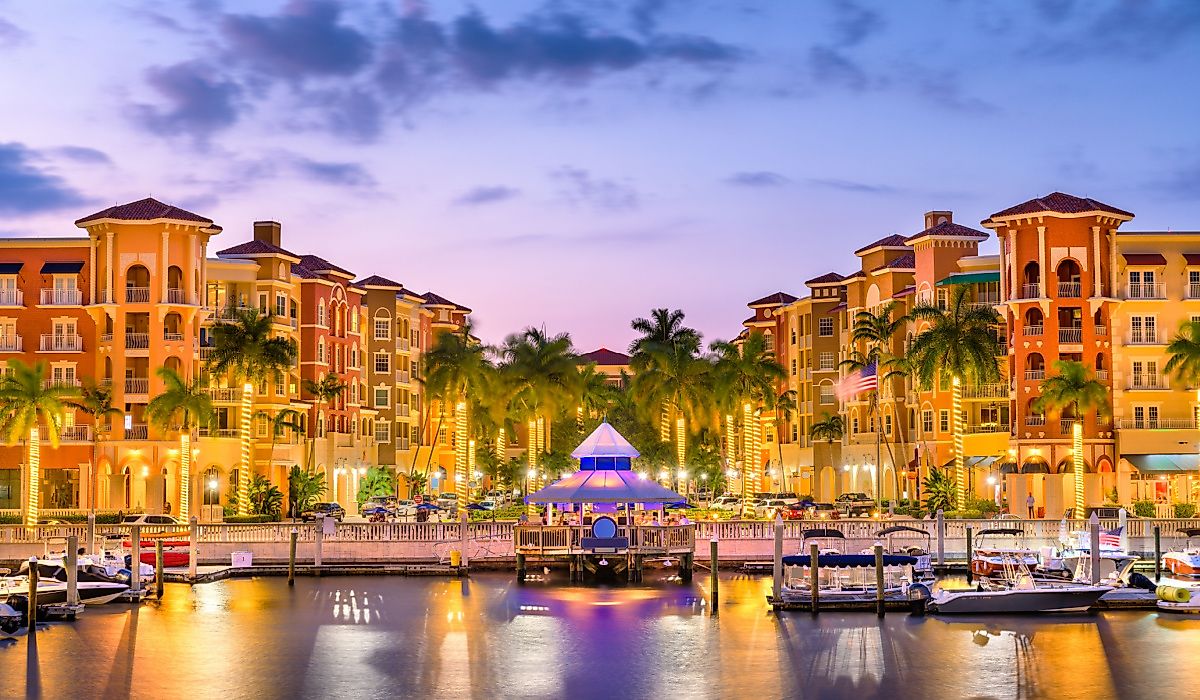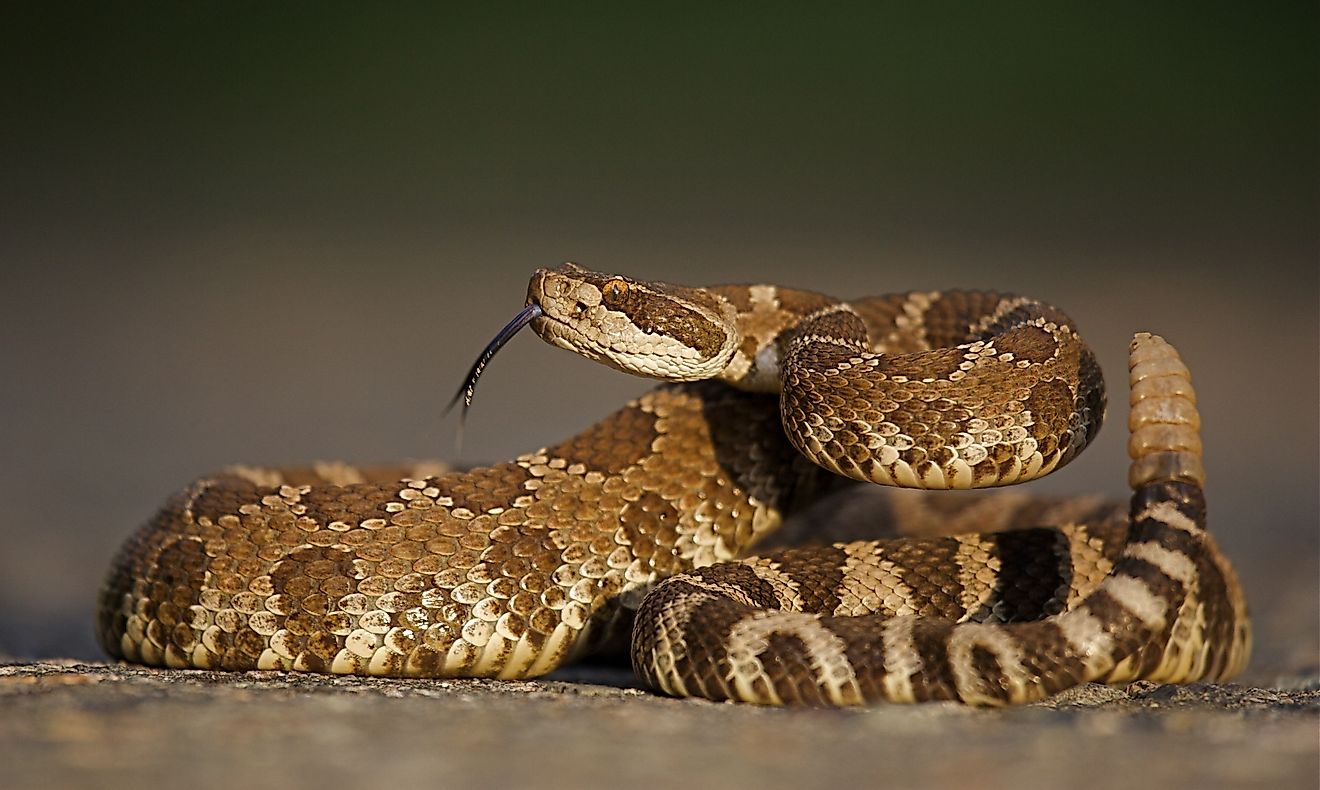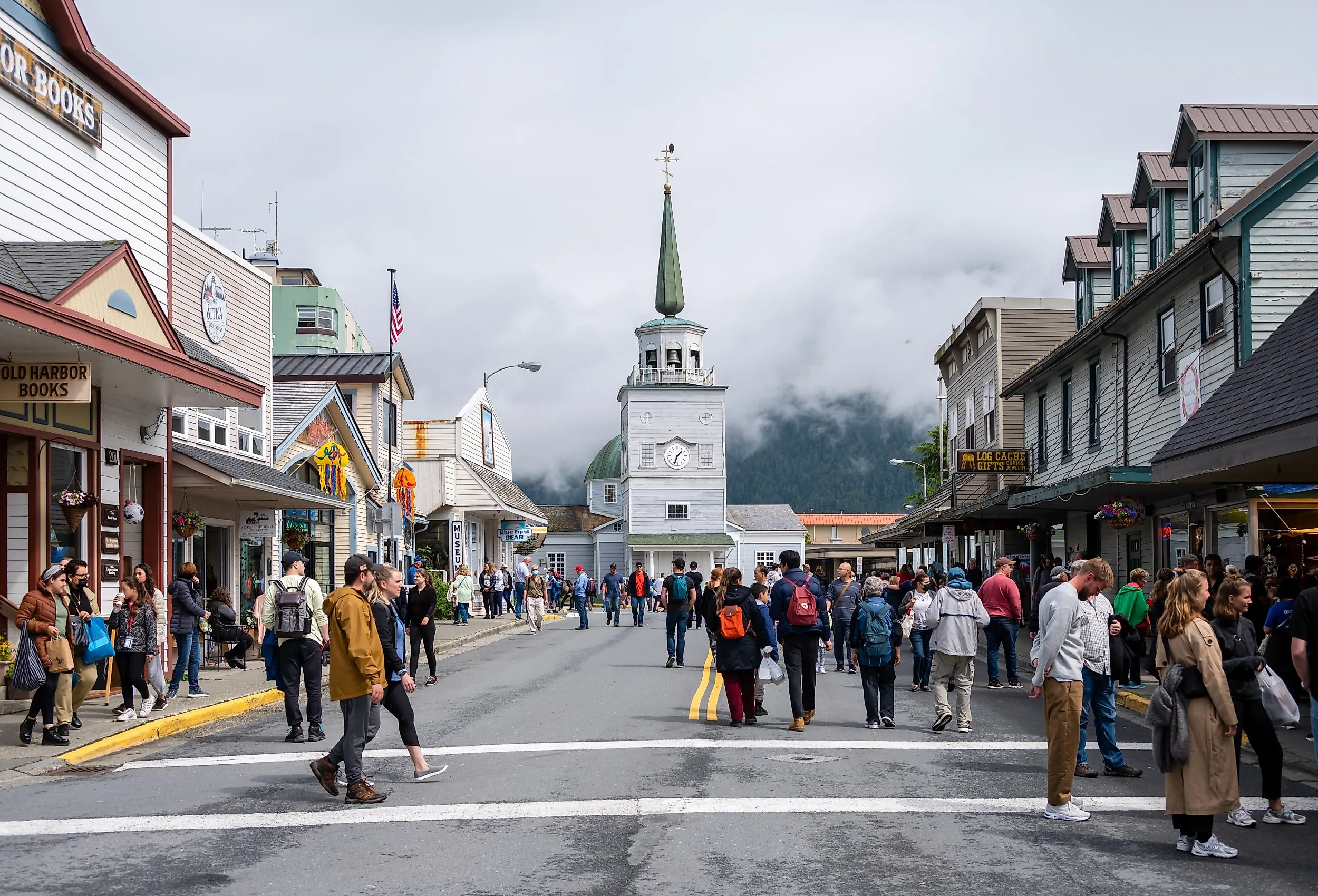
This Small Alaska Town Has The Best Downtown
Out of all the states in the US, Alaska stands out. For one, it is the largest state by a wide margin, and it doesn't share a land border with the other 48 contiguous states. In addition, unlike the other states, its first colonists weren't English, French, or Spanish but rather Russian. Much of this heritage can still be felt in small towns and cities across Alaska's vast landscape, including the city of Sitka.
It was first settled by the Russians in 1799, who called it New Archangel. It would serve as the capital of the Russian territory of Alaska, and remained in Russian hands until 1867, when the US purchased Alaska. Despite only having just over 8,300 people, Sitka is the largest city by area, with 4,811.4 square miles contained within its borders.
With such a small population and a large land mass, one might assume that Sitka doesn't have much to do downtown, but that assumption is wrong on every level. This small Alaska town has the best downtown. It contains one of the oldest Russian Orthodox churches in America, the remains of Russian forts, a massive collection of totem poles, a rehabilitation center for bald eagles, and much more.
Read on to learn more about the wonderful downtown of Sitka, Alaska.
Native American Heritage
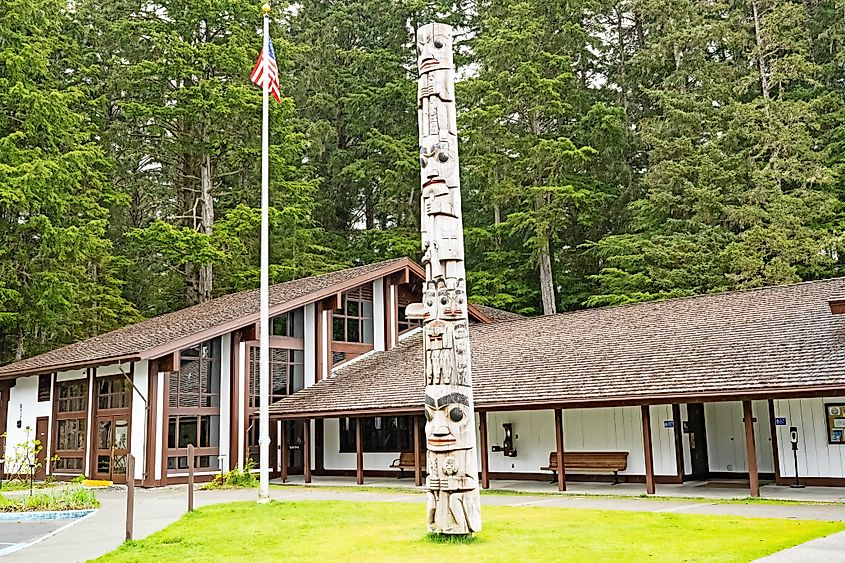
While Sitka was formerly known as New Archangel, its current name originates from the Tlingit language, which was spoken by the Native Americans living in Southeastern Alaska. The Tlingit language only has a handful of speakers remaining and is categorized as critically endangered. However, Native American heritage is alive and well in Sitka's downtown area.
The most significant site here is the Sitka National Historical Park, a 107-acre area that previously housed a Tlingit fort, which was fought over between the Tlingit people and Russia in 1804. Today, it contains a large collection of Haida and Tlingit totem poles that were moved from the Louisiana Exposition to Sitka. The park also features a locally carved totem pole, a museum showcasing Tlingit and Russian artifacts, and a Tlingit arts studio where Native American artists teach visitors and residents alike about their art styles.
Native American heritage is everywhere in downtown Sitka, such as the 1914 Alaska Native Brotherhood Hall, the 1887 Sheldon Jackson State Museum featuring native artifacts from 1800 to 1900, and the Sheet'ka Kwaan Naa Kahidi Clan House.
Russian Heritage

You will feel like you have stepped into Moscow or St. Petersburg while visiting the many Russian structures and sites in downtown Sitka. One such structure is St. Michael's Cathedral, a Russian Orthodox church built in 1848, making it one of the oldest Orthodox cathedrals in the New World. It was burned down by a fire in 1966, but was rebuilt. This structure is noteworthy for its onion-shaped dome and historic icons that date back all the way to the 1800s.
Another Russian site is the Russian Bishop's House, a yellow home constructed in 1842 to serve Bishop Ivan Veniaminov and later bishops. It is the oldest intact Russian building in the entire city. Many famous Russians lived in Sitka, including royalty. Within Sitka, you can see the grave of Princess Maksoutoff, who was the first wife of the last Russian governor of Alaska: Dimitri Maksoutoff.
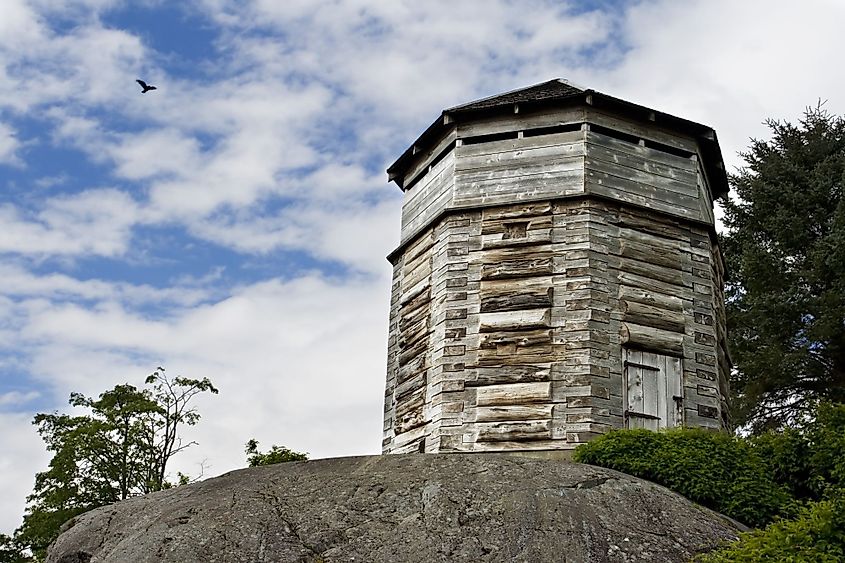
The most historically important Russian site in Sitka is Castle Hill, also called the Baranof Castle Site. A castle was constructed here in 1837, and 30 years later, the castle was chosen as the spot to sign the treaty transferring Alaska to the US. Today, on this hilltop, visitors can both gain a beautiful view of downtown Sitka and celebrate Alaska Day each year on October 18.
Although the castle is long gone, visitors can see the remains of a Russian fort wall defending Sitka at the Russian Blockhouse.
Arts and Sciences

Art is central to downtown Sitka, due to the diverse cultures that have called the town home, from Tlingit Native Americans to Russians and Americans.
One such place is the Sitka Fine Arts Camp, formally called Sheldon Jackson College, a summer arts camp. Downtown Sitka has a grassy area that features a totem pole with the double-headed eagle of the Russian imperial dynasty in Totem Square.

Sitka is also dedicated to the natural sciences, particularly in terms of the rich wildlife living in this cold environment. At the Sitka Sound Science Center, visitors can learn about the marine life in this coastal town at an aquarium, a wet lab, and a fish hatchery.
For land creatures, you can see birds of prey, including bald eagles, up close at the Alaska Raptor Center. This center keeps injured birds of prey and either rehabilitates them or keeps them safe here for those who aren't able to recover enough to survive in the wild.
Shopping in Sitka
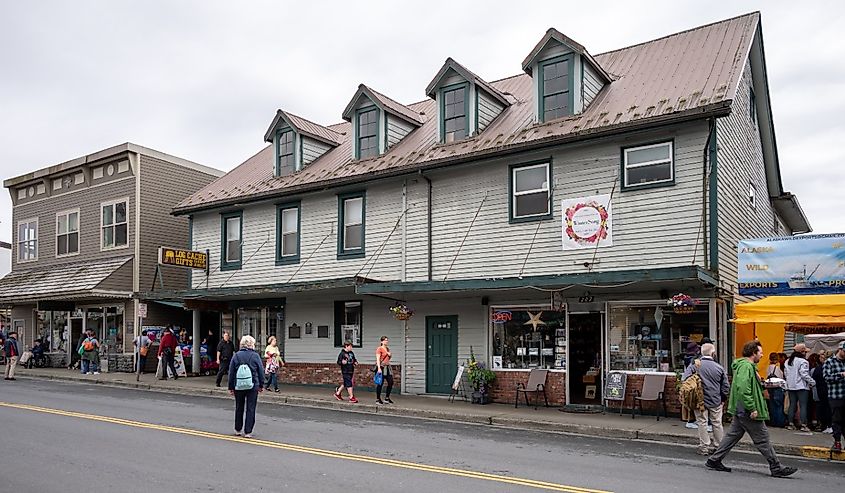
If you are looking for a souvenir to take back home from your trip to downtown Sitka, you are in luck, as there are all manner of fun shops to go to.
First of all, there is the Alaska Raptor Center Gift Shop, where all your funds will go towards helping rehabilitate the bald eagles and birds there. You can also support local artists at Alaska Designed, which sells cutesy stickers. If you would like to take home a bit of Sitka's Russian heritage, try out the Russian American Company, which sells Russian folk art straight from the home country, or the gift shop within the Naa Kahidi house for Native American gifts.
Lastly, if you are into antiques, go to the Forget Me Not Antiques, Souvenirs, and Stained Glass.
There are few downtowns as culturally rich as Sitka. After all, what towns can claim to contain both Russian and Native American architectural sites, alongside a birds of prey sanctuary, and many intriguing museums? In Sitka, one can spend the whole day wrapped in history, art, and lovely local shops, all without leaving the downtown area. This is one of the most unique towns in America, and is certainly worth visiting for any American or international traveler.
